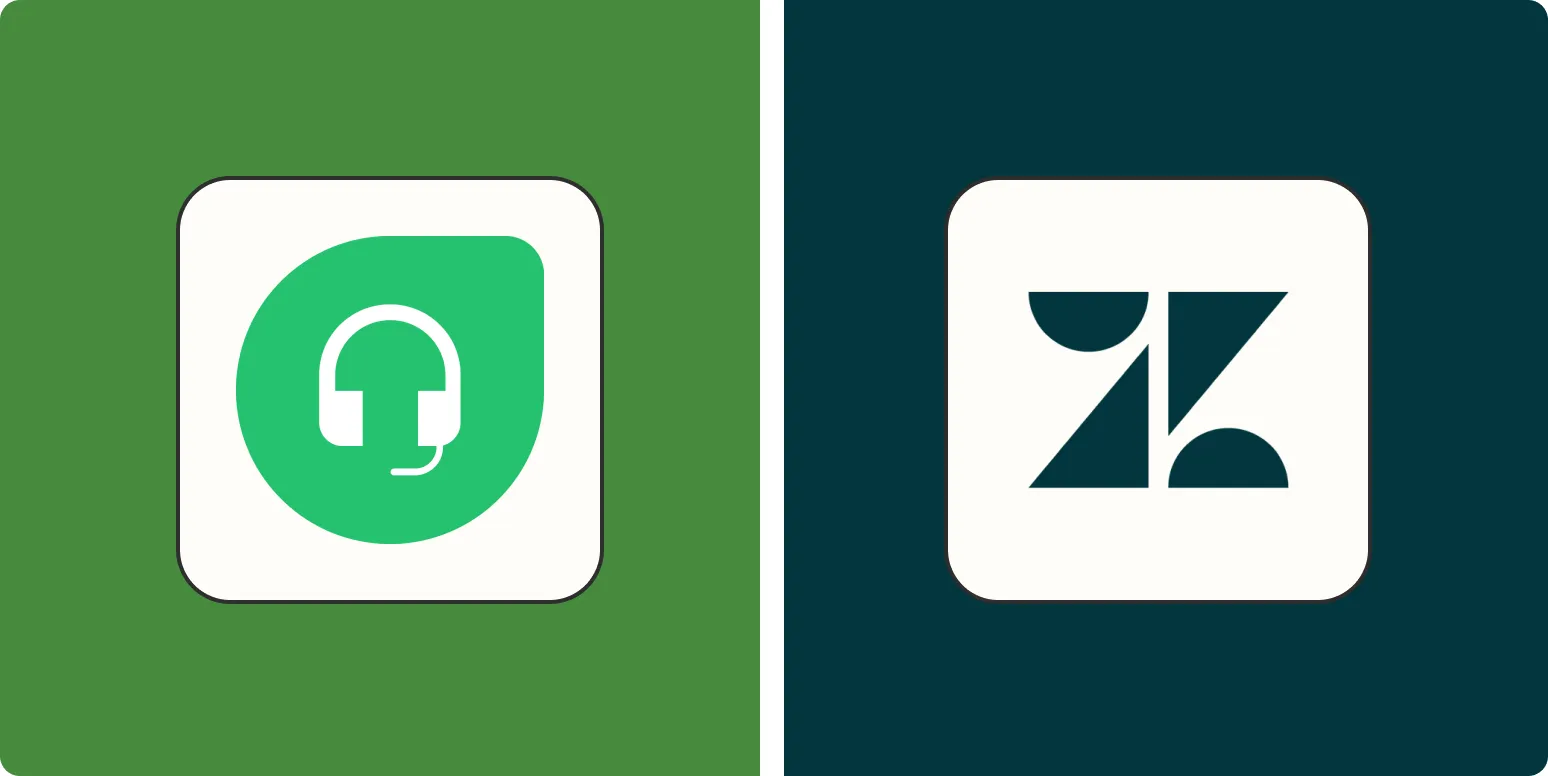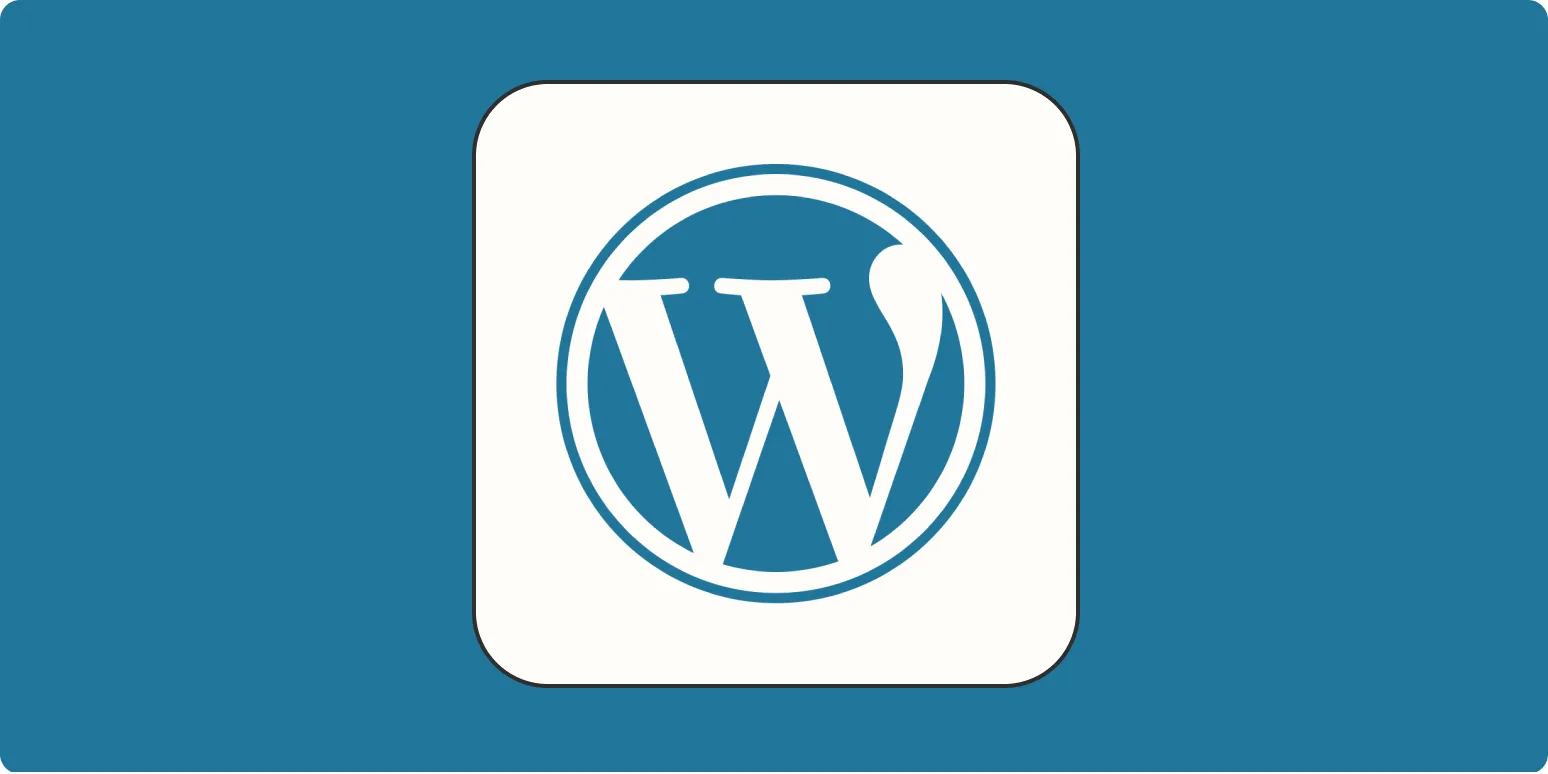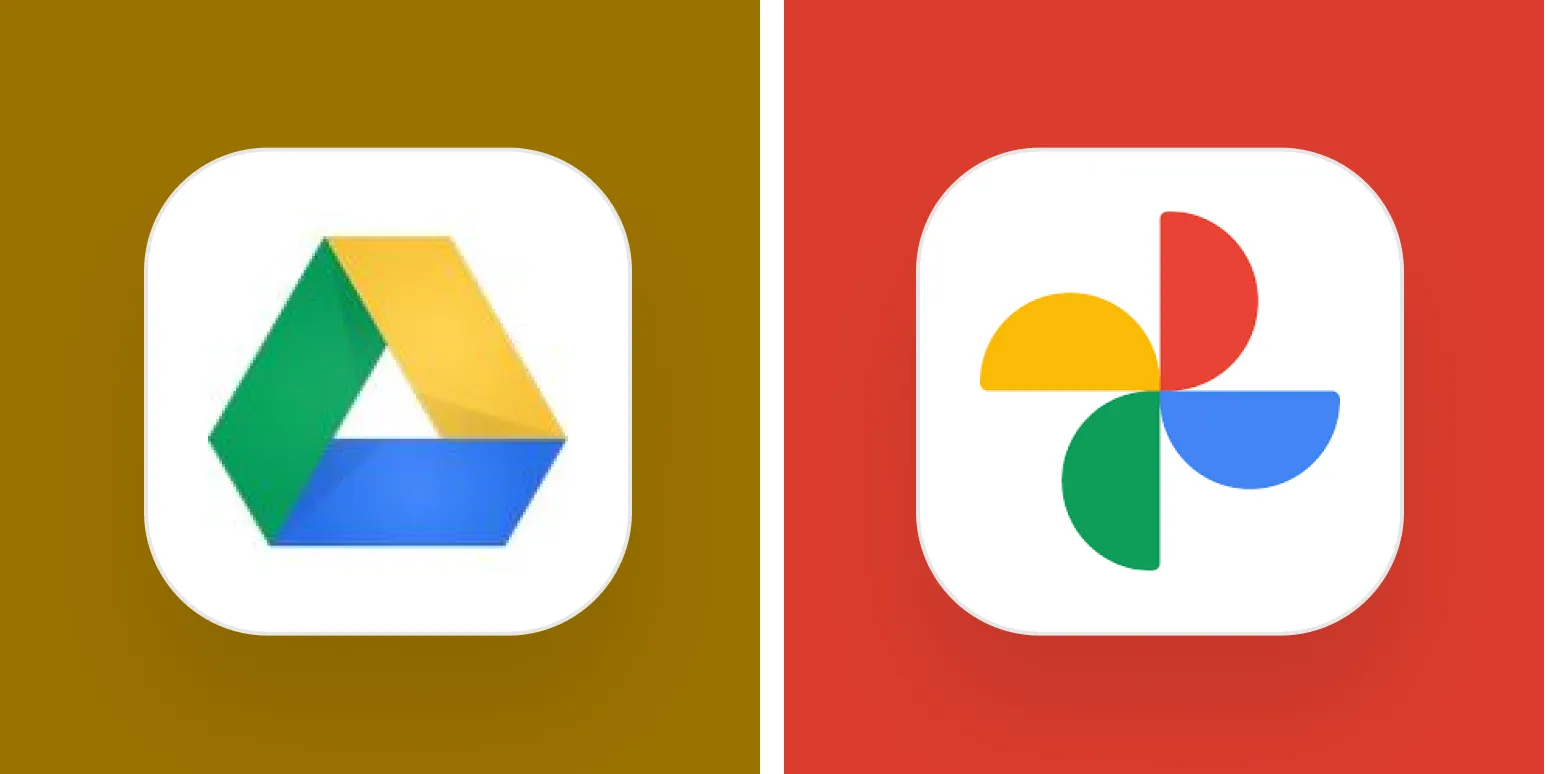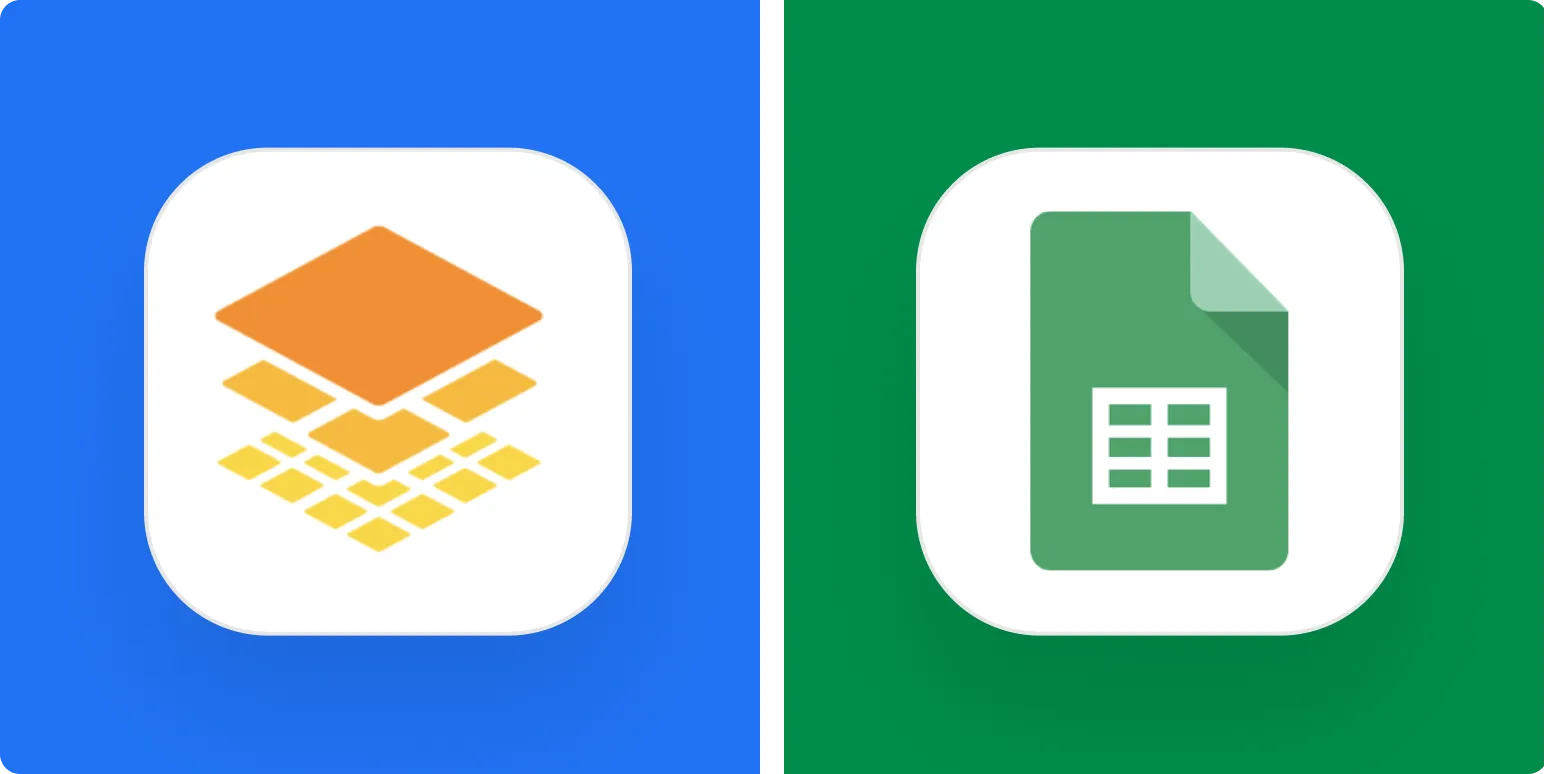When it comes to customer support software, two of the most recognized names in the industry are ''Freshdesk'' and ''Zendesk''. Both platforms offer a suite of features designed to streamline customer service operations, but they cater to different business needs and preferences. In this article, we will delve into a comprehensive comparison of Freshdesk and Zendesk, focusing on their features, pricing, ease of use, and customer support capabilities. By the end, you’ll have a clearer picture of which platform is the right fit for your business in 2025.
Feature Comparison
Both Freshdesk and Zendesk provide a range of essential features that can enhance customer service experiences. Below is a comparison of their primary functionalities:
| Feature | Freshdesk | Zendesk |
|---|---|---|
| Ticketing System | Yes, with automation options | Yes, highly customizable |
| Multichannel Support | Email, chat, phone, social media | Email, chat, phone, social media, messaging apps |
| Knowledge Base | Robust and easy to build | Extensive but requires more setup |
| Reporting and Analytics | Basic reporting with advanced options | Comprehensive analytics and customizable reports |
| Integration Options | Over 100 integrations available | More than 1,000 integrations available |
Freshdesk offers a user-friendly interface and is particularly well-suited for small to medium-sized businesses. Its ticketing system is straightforward and includes automation features that help reduce response time. On the other hand, Zendesk is known for its robust customization capabilities, making it ideal for larger enterprises with complex customer service needs.
Pricing Plans
Cost is always a critical factor when choosing a customer support platform. Here’s a breakdown of the pricing structures for Freshdesk and Zendesk:
| Plan | Freshdesk | Zendesk |
|---|---|---|
| Free Plan | Yes, for basic features | No |
| Basic Plan | $15/user/month | $19/user/month |
| Pro Plan | $49/user/month | $99/user/month |
| Enterprise Plan | $89/user/month | $150/user/month |
Freshdesk has a competitive pricing structure that appeals to startups and small businesses, particularly with its free plan that allows limited access to essential features. In contrast, Zendesk’s pricing can be higher, reflecting its extensive feature set and customization options, suitable for larger organizations.
Ease of Use
Usability is another critical aspect when evaluating Freshdesk vs. Zendesk. Both platforms have their strengths:
- Freshdesk: Known for its intuitive interface, Freshdesk allows users to quickly adapt to the system. The onboarding process is straightforward, making it easy for teams to start using the platform without extensive training.
- Zendesk: While Zendesk offers a wealth of features, its complexity can be daunting for new users. The learning curve may be steeper, especially for teams not accustomed to advanced customer support tools.
Customer Support
Quality customer support is essential for any software solution, and both Freshdesk and Zendesk provide various support channels:
| Support Channel | Freshdesk | Zendesk |
|---|---|---|
| Email Support | Available on all plans | Available on all plans |
| Phone Support | Available on higher-tier plans | Available on all plans |
| Live Chat Support | Available on higher-tier plans | Available on all plans |
| Community Forum | Yes | Yes |
Freshdesk tends to have more accessible support options for its lower-tier plans, whereas Zendesk provides a higher level of support across all its pricing tiers, which can be beneficial for larger teams needing immediate assistance.
Conclusion
In the battle of ''Freshdesk vs. Zendesk'', the choice ultimately depends on your business's specific needs. If you are a small to medium-sized business looking for an affordable, user-friendly option with essential features, ''Freshdesk'' is likely the better choice. However, if your organization requires advanced customization, extensive integration options, and is prepared to invest in a more comprehensive solution, then ''Zendesk'' may be the way to go.
Evaluate your budget, team size, and customer service goals to determine which platform aligns best with your operational needs as we move into 2025.





